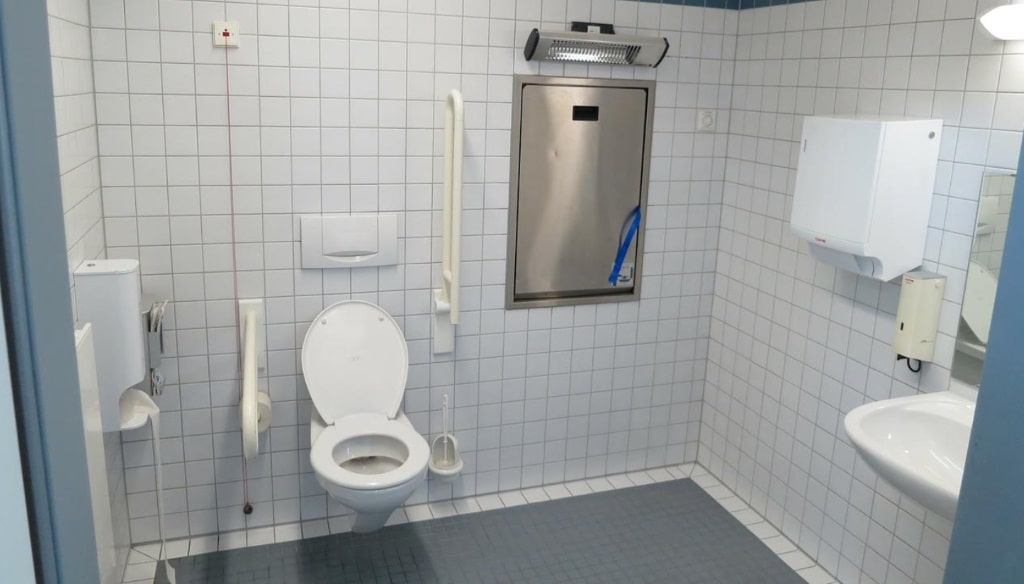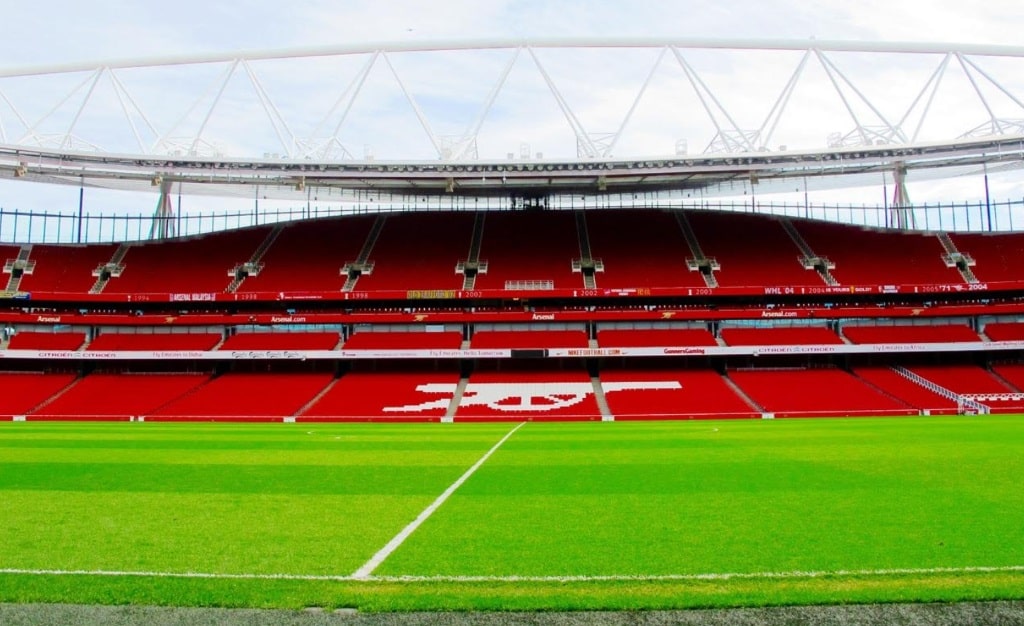

Football is hugely popular throughout most countries in the world and no more so than in the United Kingdom. The English Premier League is the most watched domestic league football competition globally and features players from every corner of the world. Premier League stadiums are also some of the most well known sporting venues worldwide and each and every week they welcome thousands of eager fans, including many who have travelled from far and wide to watch their team play.
With the popularity of the sport so evident, it is only right that over the years, football stadiums in the UK have become much more accessible to visitors with disabilities. Provisions in the Equality Act 2010 (2010 Act) require providers of services to the public, such as a sports stadiums, to make a 'reasonable adjustment' to ensure that disabled people are not placed at a 'substantial disadvantage' compared to non-disabled sports fans and visitors.
Spectators with paralysis, such as those who have sustained a spinal cord injury caused by an accident or other medical condition, are just one example of individuals who benefit from a stadium being accessible. But accessibility is not only concerned with those with mobility issues. Venues should cater for fans with all types of medical issues, such as visual impairment, hearing difficulties and so on.
So, what features should a football stadium have to make it truly accessible?
Doors - automatic doors offer easy access for all. Those that are not automatic should have lever handles and signage that is clear and consistent throughout to enable everyone to enter.
Ramps - ramps are a necessity for wheelchair users and allow them to move freely around the grounds. Temporary ramps and bridged thresholds are a low cost but effective solution and can be used virtually anywhere. Any steps that aren't covered by a temporary ramp should have colour contrasting edges to assist game fans who are partially sighted.
Handrails - handrails can be a benefit to many people, not just those with disabilities. Elderly people, children and anyone who feels a little unsteady on their feet can also benefit from handrails placed along steps, stairwells and ramps, as well as inside toilets and lifts.
Lowered counters - these kind of permanent solutions can make a huge difference to wheelchair users. If for any reason this isn't possible, football stadiums should at least employ members of staff to step out from behind the counter to assist wheelchair users at their own height.
Hearing (Induction) loops - induction loops can make a big difference in ticket offices, shops and information areas, and new stadiums should also be built with induction loops that operate within the stadium itself.
Toilets and changing facilities - with over a quarter of a million people in the UK who require adult changing facilities, football stadiums should really consider installing these types of facilities if they don't already. Disabled toilet access is a must, and can be found in all stadiums, but changing facilities should also be available wherever possible. In the UK, however, there are currently only 3 stadiums that offer this facility.

Disabled seating - most stadiums already offer allocated spaces for wheelchair users, or easy access seating for the mobility impaired. Shelter from the elements is even more important for wheelchair users, and every spectator deserves to be kept dry while they watch, so the positioning of the disabled seating under shelter is also important.
Keep things close - disabled fans who have trouble walking will benefit from having everything they need close at hand. A disabled seating area should be close to the entrance or exit, and within easy reach of toilets and refreshments to ensure that not one single moment of the match is missed en route.
Operators of some of the large capacity stadiums in the UK have already made great strides in ensuring that their venue is truly accessible. They have prioritised the comfort of every visitor and are well worth a visit.
Some of the best accessible stadiums include:
The stadium on the South Coast has enough room for 156 wheelchair spaces, and an additional 98 seats that include headsets and radio for match commentary for those who are visually impaired. There is also a dedicated telephone number and a Disabled Liaison Officer to help with any queries or requests both before and on match day itself.

As one of the newer stadiums in the UK, the 60,000 capacity Emirates Stadium, home of Arsenal, was the first in the Premier League to offer a Changing Places toilet, as well as a dedicated Guide Dog Toilet facility. There is a Disabled Supporters lounge, a sensory room and the Arsenal Disabled Supporters' Association (ADSA) was set up to improve and promote inclusion for all fans.
United is now regarded as offering some of the best disabled facilities in the world. The club already has space for 160 wheelchairs plus additional seating for carers, a disabled supporters association, accessible toilets, television screens, accessible seating areas, changing places facilities, audio commentary headsets for blind or partially sighted supporters and a supporters lounge.
In the 1970's and 80's British football had gained a reputation for hooligans and violence, inside and outside of outdated, poorly kept football grounds. These days however, the fans are well behaved and the stadiums are at the forefront of the modern game when it comes to accessibility. With easy to navigate, extensive, clean and accessible facilities for both able-bodied and disabled fans and visitors, football stadiums in the UK are setting a great example to the rest of the world.
An in-depth look at the biggest football attendances ever recorded, from the 1950 World Cup to pre-season friendlies in the States and the Scottish ground with dozens of 100,000+ attendances
Tony Incenzo has been to over 2,000 football grounds - is he the world's barmiest football fan? Read about his love for Non-League football and groundhopping obsession, including watching a match in prison!
The 91 biggest football stadiums in Europe. From Manchester to Munich, Villa Park to Valencia - each one with a capacity over 40,000
23 interesting things to do to pass the time until the football season restarts
